1. The Moon Controls the Ocean’s Rhythm
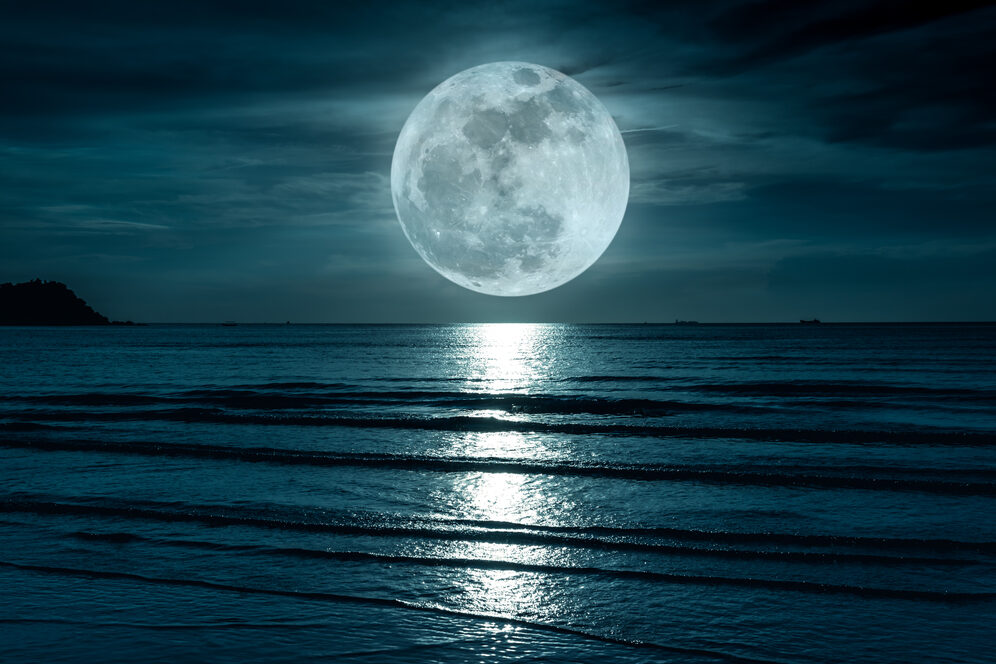
If you’ve ever walked along a beach and noticed the waves creeping up the shore or retreating into the sea, you were witnessing the Moon’s invisible pull at work. Tides are created by the Moon’s gravity tugging at Earth’s oceans, causing the water to rise and fall in a predictable cycle. Without the Moon, tides would be much weaker, and coastal ecosystems would look entirely different. Marine life, from tiny plankton to massive whales, has adapted to these shifts, timing their feeding, migration, and even reproduction around the tides.
But the Moon’s influence isn’t just about water moving back and forth. Tides also shape coastlines, replenish nutrients in shallow waters, and impact weather patterns. They even play a role in stabilizing Earth’s climate by distributing ocean heat. If the Moon were suddenly removed from the equation, Earth’s delicate balance would be thrown off, affecting everything from fish populations to global temperatures. It’s easy to take the steady rise and fall of the tide for granted, but it’s a quiet reminder of how deeply the Moon is connected to life on our planet.
2. It Keeps Earth from Wobbling Wildly
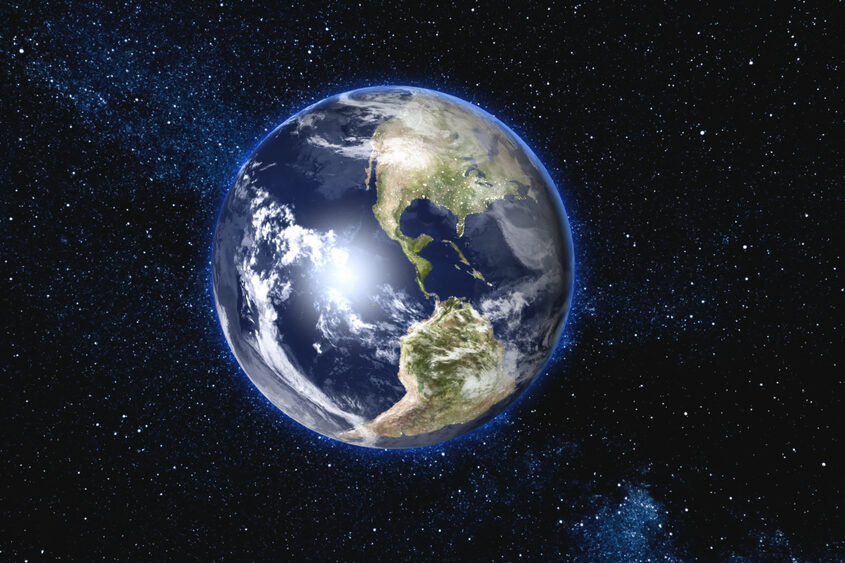
The Moon does more than just light up the night sky—it keeps Earth steady. Our planet doesn’t spin perfectly upright; instead, it tilts at an angle of about 23.5 degrees. This tilt is what gives us seasons, as different parts of the world receive varying amounts of sunlight throughout the year. Without the Moon’s gravitational influence, Earth’s axis would wobble chaotically over time, swinging between extreme angles. This would cause wild climate shifts, making long-term stability nearly impossible for life as we know it.
Imagine a world where the poles sometimes pointed directly at the Sun, causing extreme heat, or tilted away so dramatically that entire regions were trapped in endless winter. The Moon acts as a stabilizer, preventing these extreme changes and ensuring that seasons remain predictable. This steady cycle has allowed life to evolve and adapt over millions of years. Without it, civilizations might struggle to grow crops, animals could face unpredictable breeding seasons, and ecosystems would be in constant turmoil.
3. It Shapes Animal Behavior in Surprising Ways

Many animals have internal clocks tied to the cycles of the Moon, guiding their behaviors in ways that might not be obvious at first. In the ocean, coral reefs use the full Moon as a signal to release their eggs and sperm in mass spawning events, ensuring the next generation has the best chance of survival. Some fish species time their migrations with the lunar cycle, while sea turtles use moonlight to navigate their way back to the beaches where they were born.
Even land animals aren’t immune to the Moon’s influence. Nocturnal predators like lions hunt more aggressively during darker lunar phases when prey is less likely to see them coming. Insects, birds, and even some mammals have been observed adjusting their activity levels based on moonlight. And in humans, sleep patterns often change depending on the lunar cycle, with some studies suggesting that people take longer to fall asleep and have more restless nights during a full Moon. Whether we realize it or not, the Moon is quietly shaping the natural world around us.
4. It May Have Helped Life Evolve
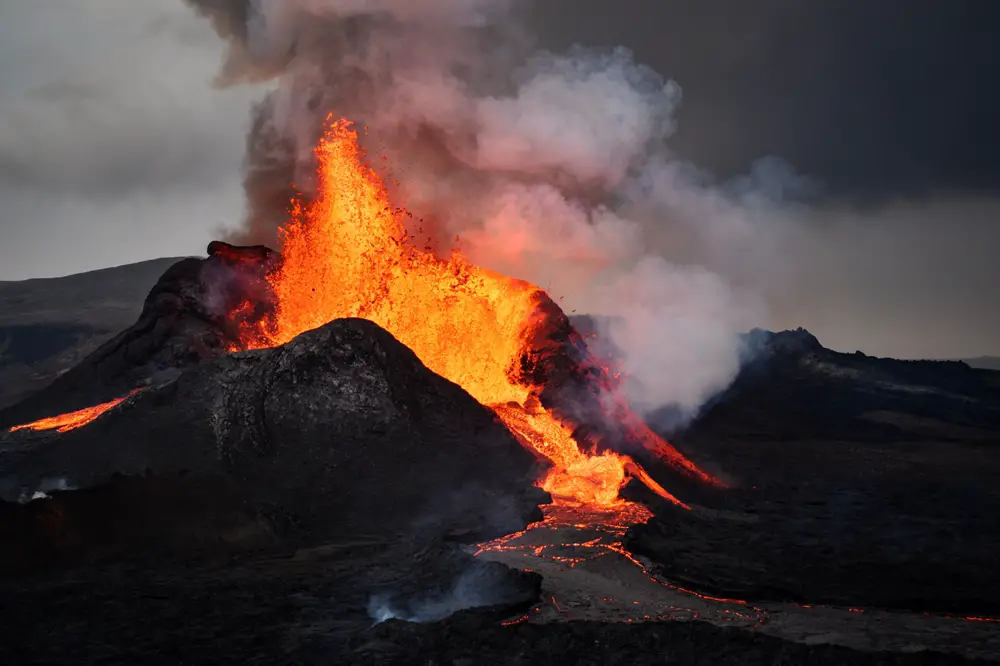
Billions of years ago, Earth was a chaotic place, with violent storms, massive volcanic eruptions, and an unstable climate. Some scientists believe that the Moon played a crucial role in calming things down enough for life to take hold. Its gravitational influence slowed Earth’s rotation, giving us longer, more stable days. This extra time in daylight may have allowed early life forms to develop photosynthesis, the process that led to the oxygen-rich atmosphere we rely on today.
The Moon’s tides may have also helped drive the transition of life from water to land. The constant movement of the shoreline could have created the perfect conditions for organisms to slowly adapt to dry environments. If the Moon hadn’t been there to shape these conditions, evolution might have taken a very different path—or perhaps not happened at all. It’s possible that without the Moon’s steady influence, intelligent life might never have had the opportunity to emerge.
5. It Affects Human Culture and Folklore
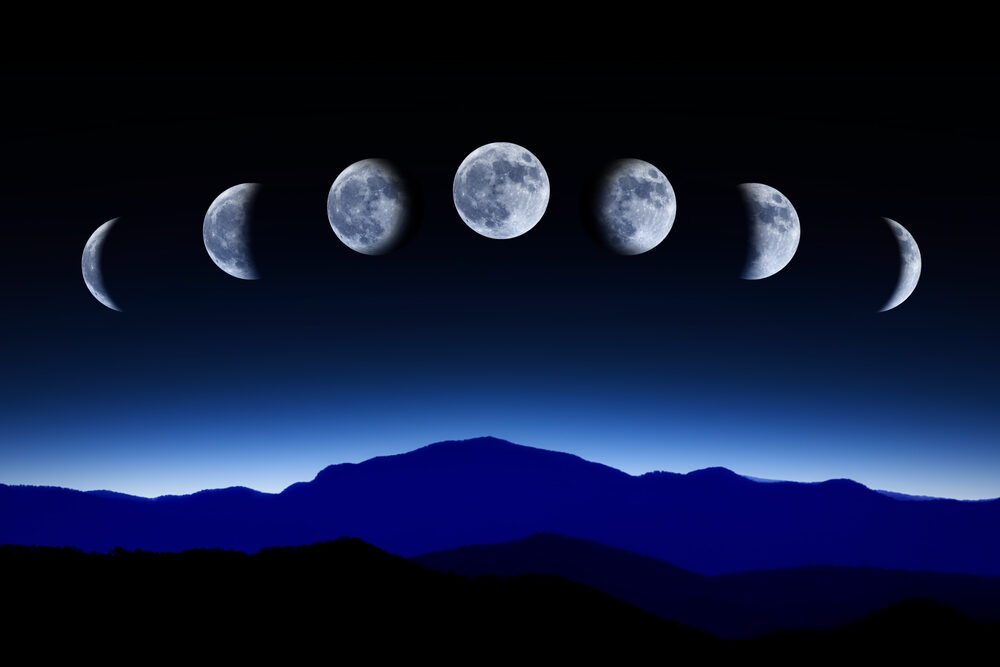
For thousands of years, humans have looked up at the Moon and woven stories around its mysterious glow. Ancient civilizations used the Moon to track time, creating some of the earliest calendars based on its phases. Many cultures tied lunar cycles to agriculture, believing that planting or harvesting during certain Moon phases would lead to better crops. The Moon has also been deeply embedded in mythology, often associated with gods, goddesses, and supernatural forces.
Beyond myths, the Moon has influenced human psychology and behavior. The idea that the full Moon affects moods, increases crime rates, or makes people act strangely has persisted for centuries. While scientific studies offer mixed results on these claims, the belief in the Moon’s power is still strong. Even today, people time rituals, celebrations, and even personal decisions around lunar phases. Whether through ancient traditions or modern beliefs, the Moon continues to shape human culture in ways both seen and unseen.
6. It Creates Eclipses and Celestial Wonders
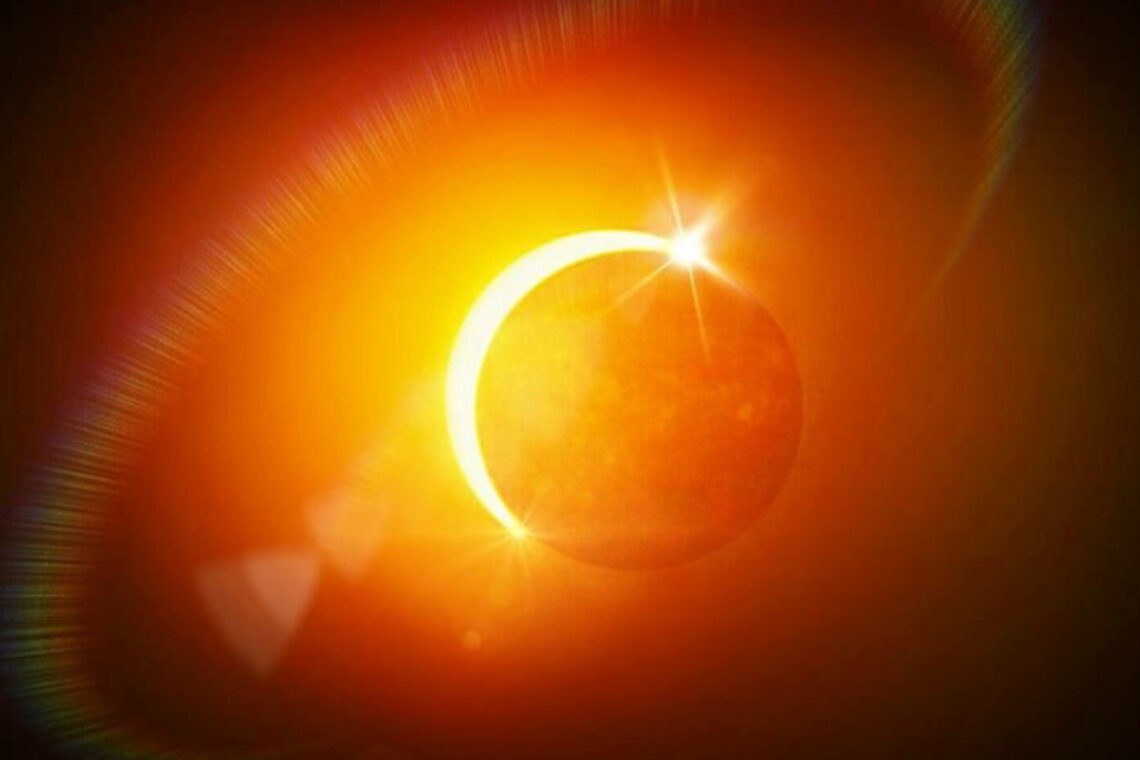
Few natural events capture human imagination like a lunar or solar eclipse. These breathtaking phenomena happen because of the Moon’s precise position relative to Earth and the Sun. When the Moon moves directly between Earth and the Sun, it creates a solar eclipse, temporarily darkening the sky. When Earth casts its shadow on the Moon, a lunar eclipse paints it in eerie shades of red. These events have fascinated and sometimes terrified people for centuries, often seen as omens or messages from the gods.
Beyond eclipses, the Moon also plays a role in creating other celestial wonders. Its gravitational pull helps shape the paths of asteroids and comets that pass through our solar system. Some scientists even believe that the Moon protects Earth by deflecting or capturing space debris that could otherwise cause catastrophic impacts. Whether casting a shadow over the Sun or influencing cosmic movements, the Moon’s presence extends far beyond what we can see with the naked eye.
7. It May Hold the Key to Future Space Exploration
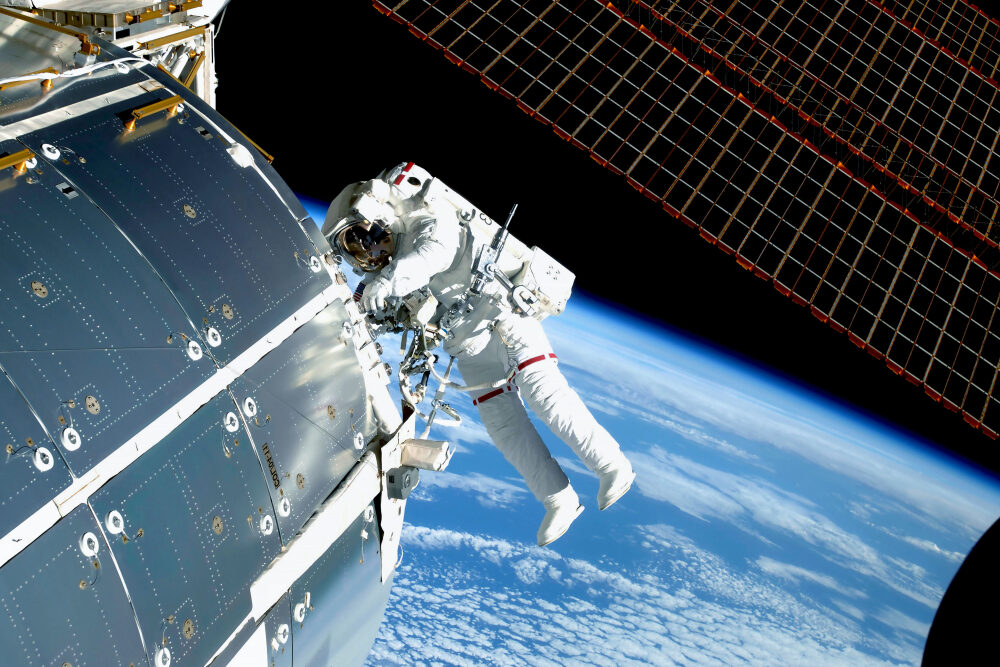
As humanity looks beyond Earth for new frontiers, the Moon is once again becoming a focus of exploration. Recent missions have revealed that the Moon has water ice hidden in its craters, a crucial discovery for future astronauts. This water could be used for drinking, growing food, or even making rocket fuel, making the Moon a potential pit stop for deeper space missions. Countries and private companies are already making plans to establish permanent lunar bases, turning science fiction into reality.
But the Moon’s importance goes beyond being a stepping stone to Mars or beyond. Studying its surface could unlock secrets about Earth’s early history, as its untouched craters preserve records of ancient cosmic impacts. Understanding how humans can survive long-term on the Moon will also help prepare us for living on other planets. Just as it has shaped Earth’s past, the Moon may play a critical role in humanity’s future, proving that its influence is far from over.


